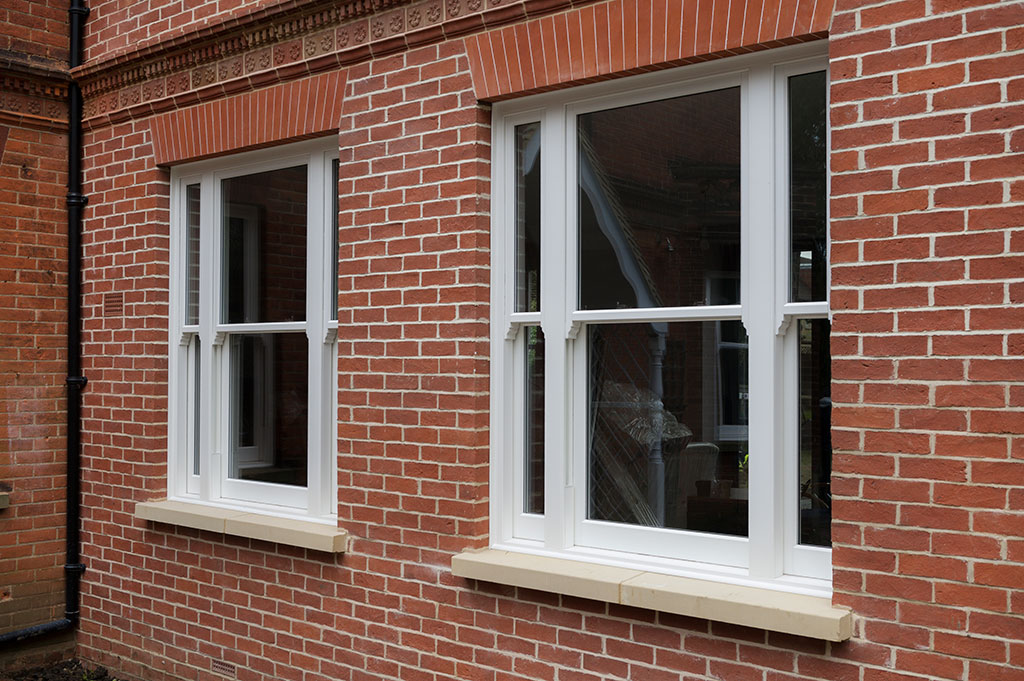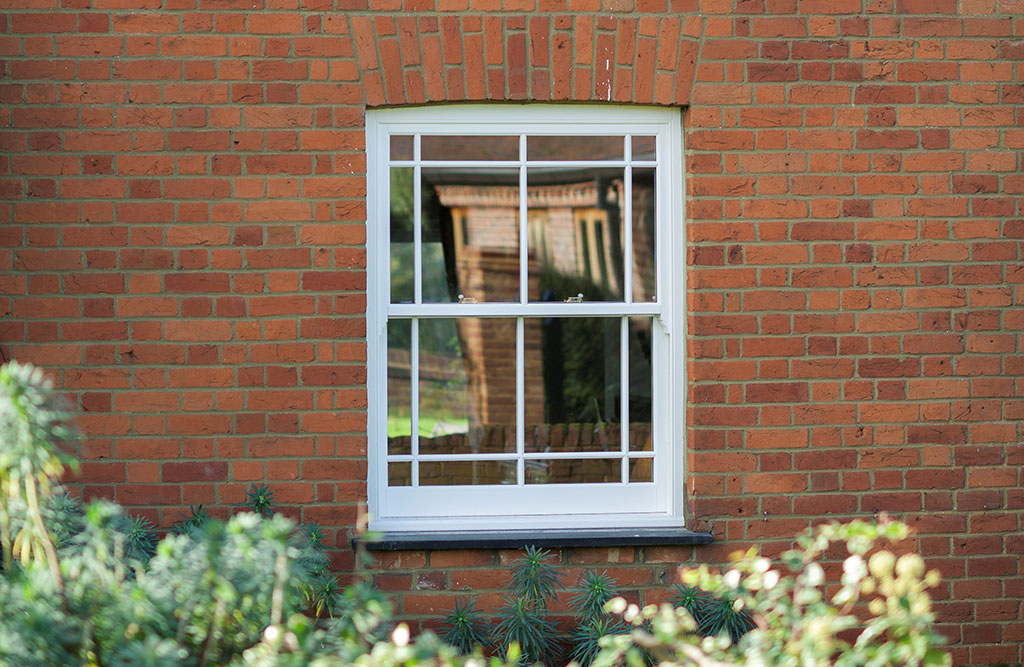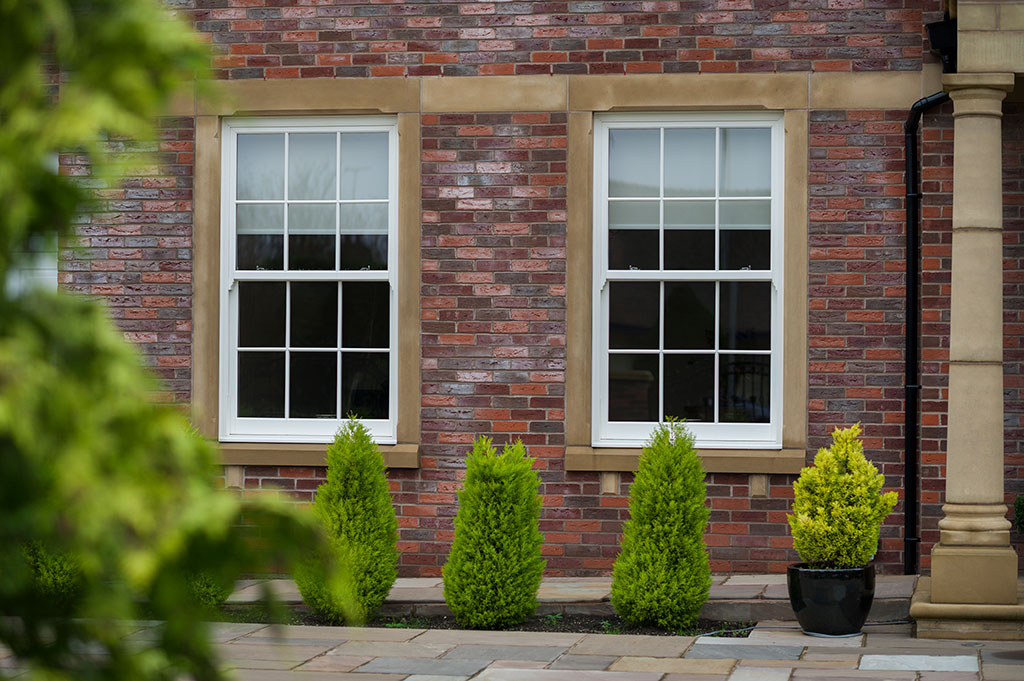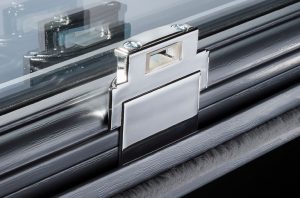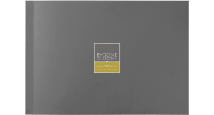Category: Masterframe
DO YOU KNOW HOW PVC-U PERFORMS IN A FIRE?
There are an abundance of reasons why PVC-U has added value to the building industry but most people are unaware that it is far less likely to burn than wood. PVC-U’s behaviour in fires is well understood and documented by fire science authorities.
It makes sense that high concentrations of organic materials such as wood will increase flammability whilst high concentrations of inorganic materials such as PVC-U will reduce it. According to a document produced by the British Plastics Federation: –
“PVC-U has other distinct advantages in the event of a fire. The development of a fire occurs in three distinct phases: ignition; flame spread; general blaze. The avoidance of ignition is the primary requirement in fire prevention, followed by the inhibition of flame spread.
Halogenated flame retardants can improve the fire resistance of materials. Since 57% of PVC-U is chlorine, it is an intrinsically self-extinguishing polymer. This is one of the reasons why it has been widely used in conveyor belts for mining – where the risk of ignition must be avoided.”
Interestingly, “Because rigid PVC-U cannot continue to burn without continuously applied heat from an external source, it cannot contribute to the spread of a fire.”
It is comforting to know that although all organic materials used in buildings including PVC-U will eventually burn in the event of a fire, PVC-U products are self-extinguishing and will stop burning when the ignition source is withdrawn.
Find out more here about the Bygone Collection, the low maintenance, and sustainable option to timber sash windows.

